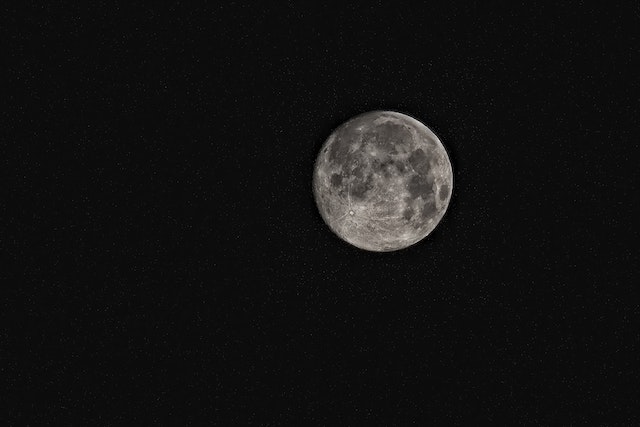Theme:
- In 2023, Russia’s space ambitions were put to the test with the launch of the Lunar 25 mission. The mission aimed to revive the nation’s prestige in space exploration by achieving a historic first: landing on the Moon’s South Pole. However, the mission ended in failure, casting a shadow over Russia’s space program and raising questions about its place in the global space race.
Ambitions:
- Since Luna 24 in 1976, this was the nation’s first lunar mission.
- Lunar 25 was Russia’s attempt to regain prominence in space exploration.
- Lunar 25 was launched on August 11, 2023, with the goal of reaching the moon’s south pole.
- By doing so, Russia would have become the first country to reach the south pole of the moon, which they lost to India with the successful landing of Chandrayaan-3.
- The Lunar 25 mission was crucial for demonstrating Russia’s technological prowess and resilience in the face of economic sanctions.
Why did it crash?
- Contact with Lunar 25 was lost on August 19, leading to its failure.
- The spacecraft deviated from its intended course and entered an unpredictable orbit.
- Technical glitches in the navigation system were blamed for the mission’s failure.
- The spacecraft collided with the moon’s surface due to the deviation.
Consequences for Russia:
- The failure of Luna-25 is a major blow to Russia’s reputation as historically one of the world’s leading spacefaring nations.
- At a time when Russia is unable to collaborate with other space agencies due to heavy international sanctions, the crash could further damage Russia’s image and make it more difficult for it to cooperate with other willing countries on future space projects. Due to the sanctions, its space industry was already under pressure.
- The crash has also raised concerns about the competence of Russia’s space agency, Roscosmos, especially in light of India’s success in landing Chandrayaan-3 on the south pole of the moon as a relatively new player.
- The failure of Luna 25 could erode public confidence in Russia’s space program. This could make it more difficult for the government to raise funds for future missions.
Impact on the Future of the Space Race:
- The global space race continues, with other nations and private companies making progress.
- The successful landing of India’s Chandrayaan-3 on the Moon’s South Pole has increased competition for every other country.
- After the failure of Luna 25, Roscosmos will face increased difficulties in funding its future projects, which were already under pressure. There is a possibility that they might even have to scrap some projects, which would be a setback for the international space community and for humanity’s pursuit of space.
- Russia being historically one of the world’s leading spacefaring nations, its failure of the Lunar 25 mission may discourage other countries from pursuing their own lunar exploration programs.
Conclusion:
The failure of Russia’s Lunar 25 mission was a major setback for the country’s space program and its reputation as a spacefaring nation. The mission was important for Russia at a time of international isolation, as it was seen as a way for Russia to assert its technological prowess and regain its place in the global space race.
The failure of Luna-25 is a reminder that space exploration is a risky business. Even the most advanced countries can experience setbacks. However, the failure of Luna-25 should not deter Russia from continuing its space program. The country has a long history of success in space exploration, and it is likely that it will be able to recover from this setback and continue to make significant contributions to the field.
Photo by Pixabay
Your Turn…
What’s your take on this topic? Express your point of view in the comment section below. Subscribe to our blog to read answers to the trending GD topics.
Copyright @ Group Discussion Ideas.

